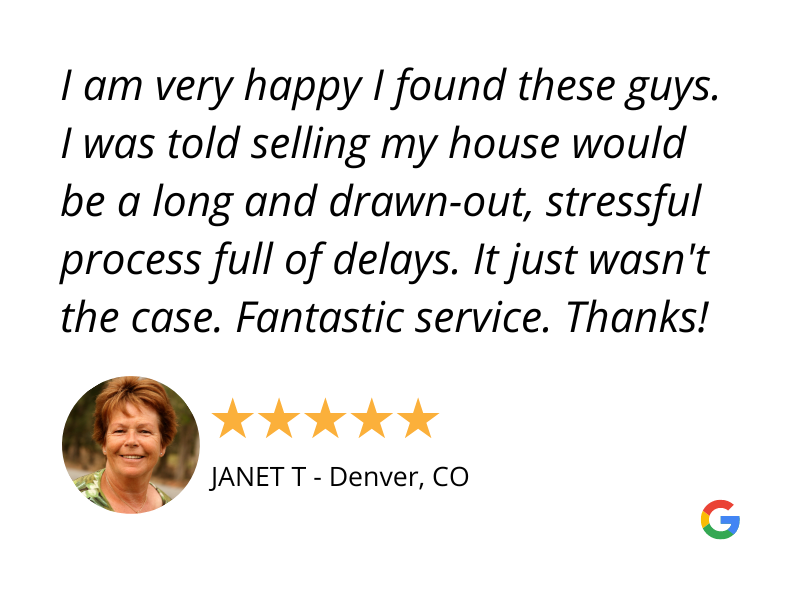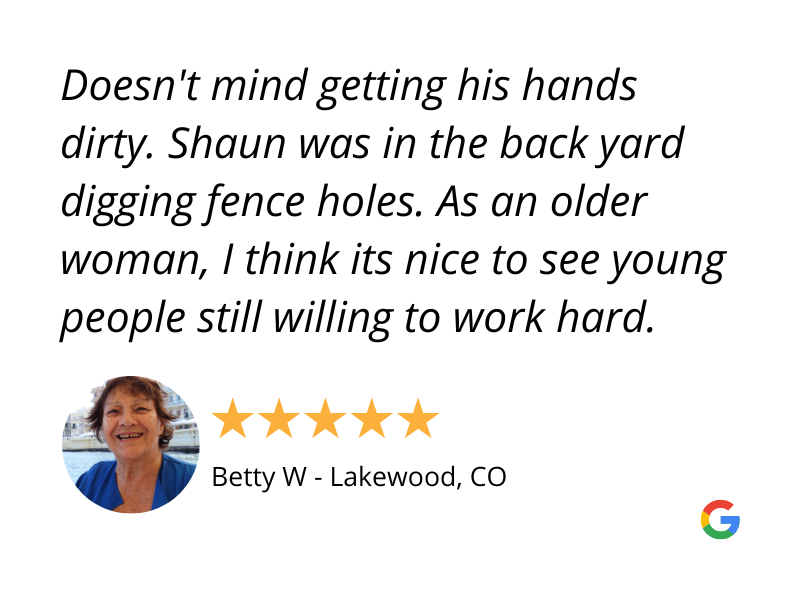Value add in real estate means finding ways to make a property more valuable. This can include things like renovating, improving operations, or changing how the property is used. By adding value, investors can make more money from their properties.
Are you an investor?
Do you want to make more money?
Let’s look at how the pros do it… Shall we?
Introduction to Value Add in Real Estate
Value add in real estate refers to increasing the worth of a property through various means such as renovations, operational improvements, or repositioning strategies. By implementing these changes, investors aim to enhance the property’s income potential and overall value. Value add opportunities are sought after because they can lead to higher returns on investment compared to properties without added value components. Now, let’s explore what “value add” really means and how it plays a crucial role in real estate investing.
Understanding the Concept: What Does "Value Add" Mean?
“Value add” in real estate means finding ways to improve a property to make it worth more money. This could involve making physical changes to the building, finding ways to make it more profitable, or even changing how it’s used. By adding value, investors can increase the property’s potential for making money. Let’s delve deeper into what value add entails and why it’s such a significant aspect of real estate investing.
Why Value Add Matters in Real Estate Investing
Value add matters in real estate investing because it directly impacts the potential returns on investment. By enhancing the value of a property, investors can increase rental income, attract higher-quality tenants, and boost overall profitability. Additionally, value add strategies can help investors differentiate their properties in a competitive market and create long-term appreciation. Now, let’s explore where investors can find opportunities for value add in real estate.
Identifying Opportunities: Where to Find Value Add Potential
Opportunities for value add in real estate can be found in various ways, including distressed properties, underperforming assets, or properties with untapped potential. Distressed properties, for example, may require renovations or improvements to increase their market value. Similarly, underperforming assets might benefit from operational changes or repositioning strategies to maximize income. Let’s delve into different types of value add strategies and how they can be applied to different types of properties.
Types of Value Add Strategies in Real Estate
Value add strategies in real estate encompass a range of approaches aimed at increasing a property’s value. These strategies include renovation and rehabilitation, repositioning assets, operational improvements, creative financing, and environmental sustainability initiatives. Renovation and rehabilitation involve upgrading the physical attributes of a property to enhance its appeal and functionality. Repositioning assets involves changing the use or target market of a property to better align with market demand. Operational improvements focus on optimizing efficiency and increasing income through better management practices. Creative financing strategies leverage capital to fund value add projects, while environmental sustainability initiatives aim to incorporate green upgrades for added value and market differentiation. Let’s explore each of these value add strategies in more detail and examine how they can be implemented effectively in real estate investing.
Renovation and Rehabilitation: Enhancing Physical Attributes
Renovation and rehabilitation involve fixing up and improving the physical features of a property, like repairing broken parts or updating outdated elements. This could include things like painting walls, replacing flooring, or upgrading kitchens and bathrooms to make the property more attractive to potential buyers or tenants. Renovation and rehabilitation projects can breathe new life into older properties and increase their value over time.
Repositioning Assets: Changing Use or Target Market
Repositioning assets means changing how a property is used or who it’s marketed to in order to increase its value. For example, a property originally designed for offices might be repositioned as residential apartments to better meet market demand. By identifying opportunities to reposition assets, investors can adapt to changing market conditions and maximize the potential of their properties.
Operational Improvements: Increasing Efficiency and Income
Operational improvements focus on making a property more efficient and profitable to manage. This could involve things like reducing operating costs, streamlining management processes, or implementing technology solutions to improve tenant satisfaction. By increasing efficiency and income, operational improvements can boost the overall performance of a property and enhance its value to investors.
Creative Financing: Leveraging Capital for Value Add Projects
Creative financing involves finding alternative ways to fund value add projects without relying solely on traditional bank loans. This might include strategies like joint ventures, private equity partnerships, or crowdfunding platforms. By leveraging capital creatively, investors can pursue value add opportunities that may not be feasible with conventional financing alone, opening up new possibilities for growth and expansion.
Value Add Case Study: Transforming a Distressed Property
Let’s take a closer look at how value add strategies can be applied in a real-life scenario. Imagine a distressed property in need of significant repairs and updates to attract tenants or buyers. By renovating the property, improving its management, and repositioning it in the market, investors can turn it into a profitable asset with increased value. This case study highlights the potential impact of value add strategies in revitalizing properties and generating positive returns on investment.
Value Add vs. Value Investing: What's the Difference?
Value add investing means making a property better to get quick returns, while value investing is about buying cheap properties for long-term gain. Understanding these differences helps investors pick the right strategy for their goals and risks. Now, let’s explore the risks and challenges that come with value add strategies.
Risks and Challenges of Value Add Strategies
Value add projects in real estate have risks like unexpected delays or high costs, which can affect profits. Knowing and managing these risks is crucial for investors to avoid losses and make smart decisions. Now, let’s discuss how to do thorough research before starting a value add project.
Due Diligence: Assessing Feasibility and Potential Returns
Before starting a value add project, it’s important to check if it’s possible and if it’ll make money. Doing this research helps investors avoid bad investments and plan for success. Now, let’s look at some real-life stories of successful value add projects for inspiration.
Value Add Success Stories: Real-Life Examples of Profitable Projects
Real-life stories of successful value add projects can teach investors valuable lessons and ideas. These stories show how investors made old buildings better and made a lot of money. Now, let’s dive into how investors can add value to apartment buildings for big returns.
Adding Value to Multifamily Properties: Strategies for Apartment Investors
Apartment buildings offer lots of ways to make them better and make more money, like making apartments nicer or adding cool stuff for tenants. By doing this, investors can make a lot of money and have successful properties. Now, let’s explore how value add strategies work in commercial real estate.
Value Add in Commercial Real Estate: Maximizing Returns for Investors
Value add in commercial real estate means finding ways to make properties worth more money, like fixing them up or making them more profitable. By doing this, investors can make more money from their commercial properties and have successful investments.
Now, let’s dive into how homebuyers and flippers can use value add strategies to find success in the residential real estate market.
Value Add in Residential Real Estate: Opportunities for Homebuyers and Flippers
Value add in residential real estate involves making homes better to increase their value, which is great for people buying houses or flipping them. Adding value can mean things like renovating kitchens, updating bathrooms, or making the yard look nice.
Now, let’s explore how investors can use value-added strategies to maximize returns while incorporating green upgrades and the environment for more sustainability.
Environmental Sustainability: Incorporating Green Upgrades for Added Value
Environmental sustainability in real estate means making properties more eco-friendly to attract buyers or tenants. This could involve things like installing solar panels, using energy-efficient appliances, or using recycled materials in construction. By doing this, property owners can increase the value of their properties and help the environment at the same time. Now, let’s explore market trends.
Market Trends: How Economic Conditions Impact Value Add Opportunities
Market trends in real estate refer to changes in the housing market that affect property values and investment opportunities. Understanding these trends helps investors make smart decisions about when and where to invest. By staying informed about market trends, investors can identify value add opportunities and maximize their returns. Now, let’s examine how economic conditions can influence value add opportunities in real estate investing.
Conclusion: The Future of Value Add in Real Estate Investing
Value add in real estate is a powerful strategy for increasing property value and maximizing investment returns. By implementing value add strategies like renovations, repositioning, and operational improvements, investors can unlock the full potential of their properties. As the real estate market continues to evolve, value add will remain a key driver of success for savvy investors looking to build wealth through real estate. Now, let’s recap what we’ve learned and discuss how you can start implementing value add strategies in your own real estate investments.



